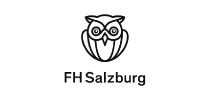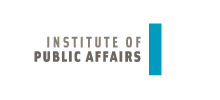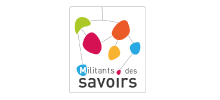Scenario #4
As many as possible

Aims / objectives
The aim of this method is getting to know the participants in the group. It can also serve as a thematic introduction to any workshop dealing with politics in the broader sense.
Description of the method
Ask the participants to pair up in twos or threes. Then, each pair/group is given a cut out “As many as possible” card with different tasks or questions. Each pair should think about the answer to their task among themselves for a short time. Those who don’t know the answers to some of the knowledge-based questions can get them from you.
The pairs now have to solve their respective tasks themselves and then question all other people or pairs in the room. The pairs have to memorise how many people were able to solve their tasks. It is not about noting who exactly that was, only the number of people. For this step, the pairs can and should get up and move around in the room in order to be able to question everyone else.
Give the pairs a maximum of ten minutes to question everyone else in the room. Then ask the participants to sit down again.
Questions for reflection:
- 1. Who has identified the most/least people who have solved the task on their card?
- 2. Which tasks did you have? (two or three pairs should read theirs out)
- 3. Give additional information on the topic, possibly from the Dictionary of Politics.
Printing template: “As many as possible”
Find as many people as possible who
- can explain what characterises a direct democracy
- know the tasks of a parliament
- know what the most recent referendum in their country was about
- have ever been on a demonstration
- know which party their parents vote for
- are a member of a party, an NGO, a special interest group or an association
- can explain why we pay taxes
- know how many parties are represented in your country's parliament at the moment
- can name at least two human rights
- have ever joined a strike
- have ever joined a WhatsApp or Facebook group with political content
- know the difference between a party and an NGO
- watch the news regularly
- know what age you need to be to be eligible to become the President of your country
- know since when women are eligible to vote in your country
- know how many member states there are in the EU
- know what a referendum is
can name at least three (national or international) politicians
Overview
| Name of the method | As many as possible |
| Target group | All groups |
| Duration | 20 minutes |
| Spatial requirements | Room for a group (seminar or workshop room) |
| Competences | None |
| Objectives | Getting to know the participants, thematic introduction |
| Method description | Icebreaker |
| Social work context | All |
| Preparation | Print template |
| Risks | None |
| Concept / application | Concept: Sapere Aude. Demokratie vermitteln, applied during the project in a training by The Vienna Forum for Human Rights and Democracy |
| References | Sapere Aude. Demokratie vermitteln; verstärkt politisch. Peer-Education-Project for citizenship education in schools, St. Pölten, Arbeiterkammer NÖ, o.J. (Translation: Brita Pohl); https://sapereaude.at/material-1 |
Check our Partners




